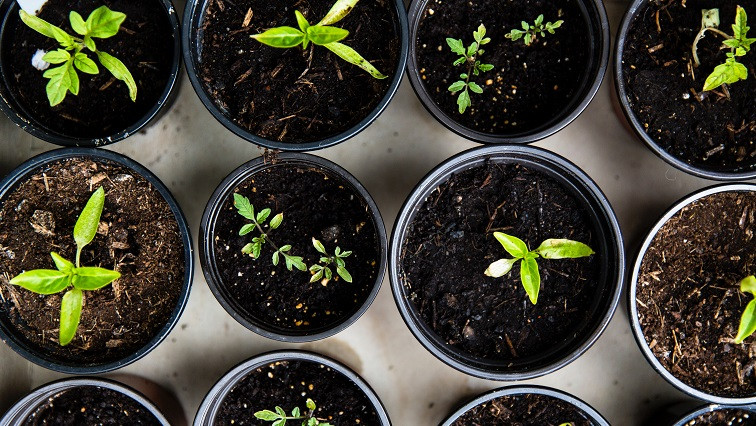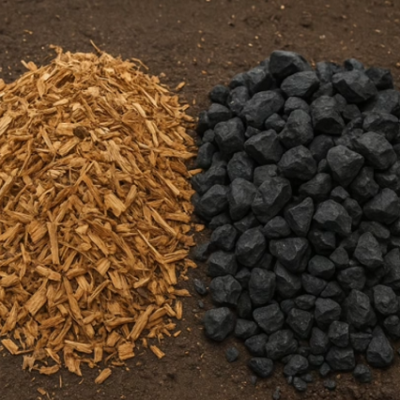Using science and technology is one way to help farmers out, Dr Greg Walker, of the University of Otago says. Dr Walker is involved with a project that has secured a $1million grant from the Ministry of Business, Innovation and Employment's Endeavour fund to apply nanotechnology to agriculture to increase productivity and reduce environmental impacts.
The project team, which also involved Assoc Prof Craig Bunt, Dr Sally Price and Weiyi (Ivy) Liu, all from Lincoln University, would develop a "ground-breaking" nano-coating which could be applied to fertiliser to control its rate of release into soil, and to seeds to control their timing of germination.
Controlling fertiliser rate of release was important because release that was too rapid could result in excessive nitrogen being lost into soil and waterways, causing significant pollution and other negative environmental impacts, Prof Bunt said in a statement. "When nitrogen is lost to the soil, waterways or atmosphere, farmers must apply more fertiliser to achieve desired results, which increases farming costs."
The team would initially focus on understanding the science of the new polyester nano-coating and its biodegradation, then apply the technology for controlled release fertilisers and delayed seed germination in partnership with companies and organisations such as Ravensdown and the Foundation for Arable Research.
It could also be applied to seeds to control the timing of germination. The benefits of delayed germination were manifold, Prof Bunt said. "For example, farmers could sow crops traditionally sown in autumn several months earlier, when weather conditions are more conducive to sowing. They could also sow two crops at once - one with uncoated seeds, and the other with coated seeds, to delay germination until after the first crop has matured or been harvested," he said.
Delayed germination could also allow farmers to control weeds that grow after sowing so that the coated seeds germinated after weeds had been sprayed. That would increase crop yields because competition from weeds could be significantly reduced, he said.
Dr Walker, who did his PhD in Dunedin with Prof Bunt, said he saw a need to apply human formulation science to sustainability problems in New Zealand. It was a three-year project and already there was a lot of interest, including from fertiliser companies. The potential was very large and he believed it was very much scaleable.
He had spoken to farmers throughout the country who were very worried about water proposals and using science and technology was one way to help them out, he said.
Read the original article on Otago Daily Times.







